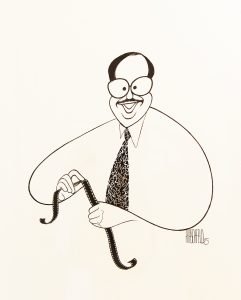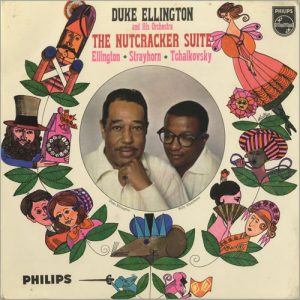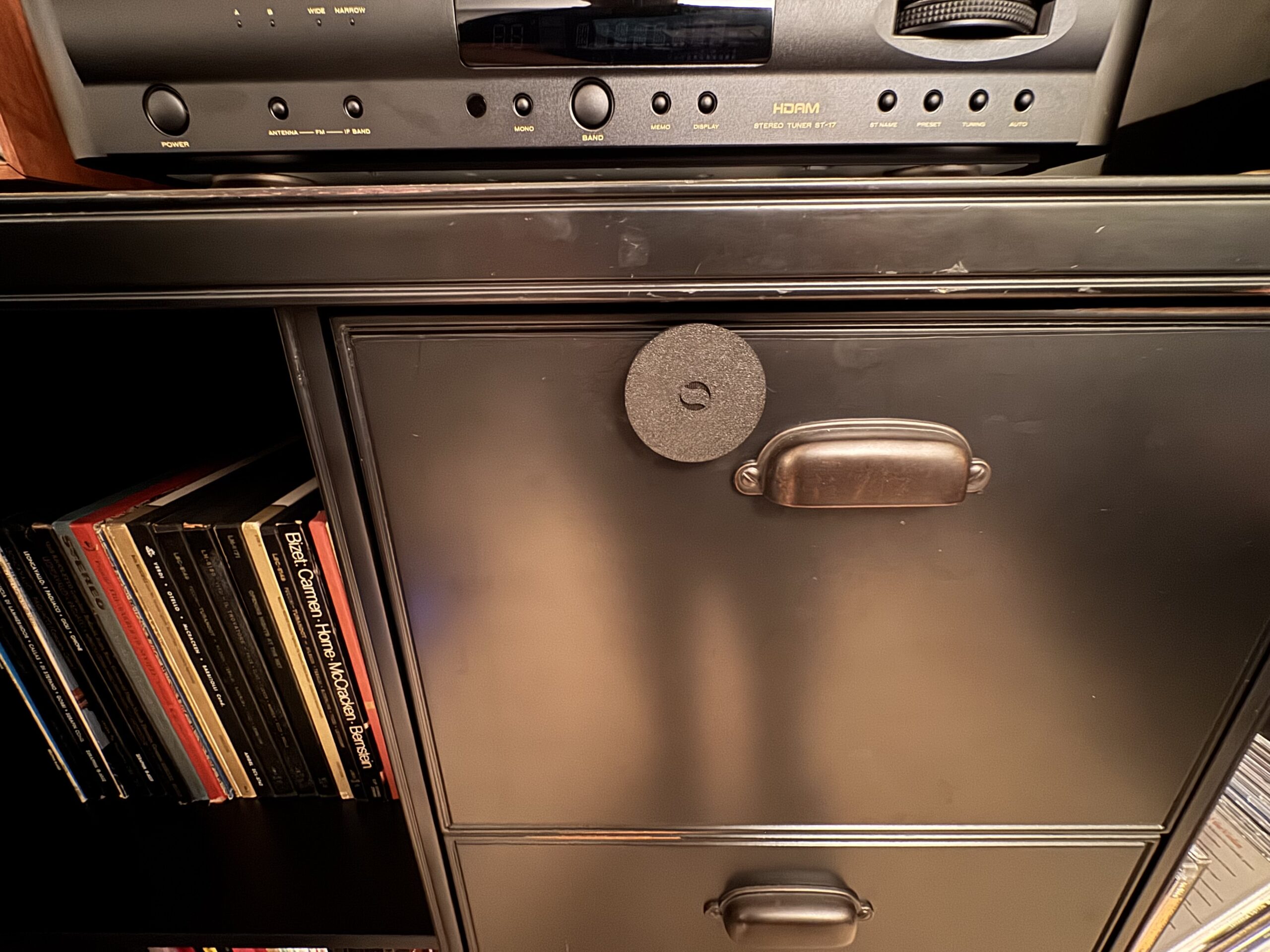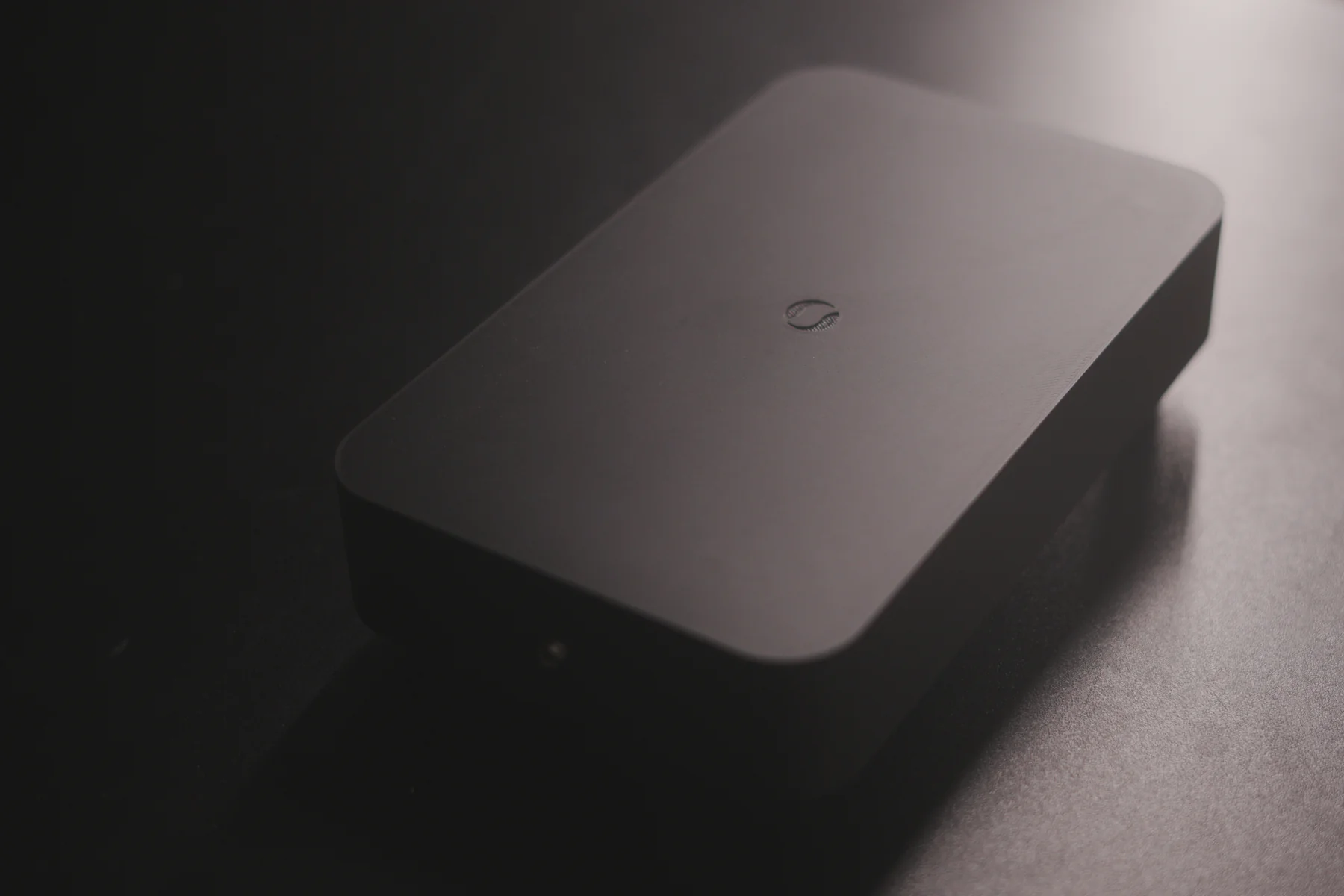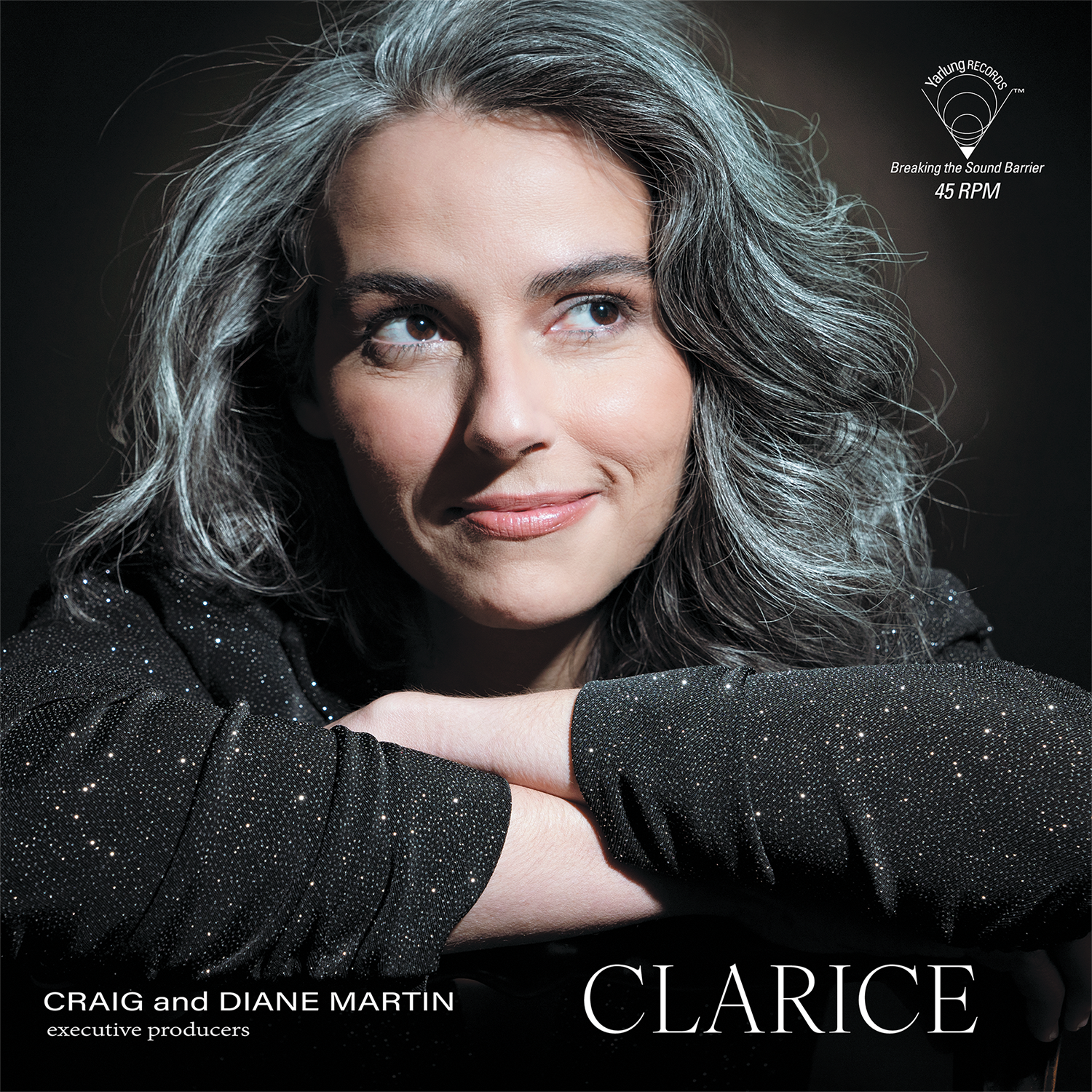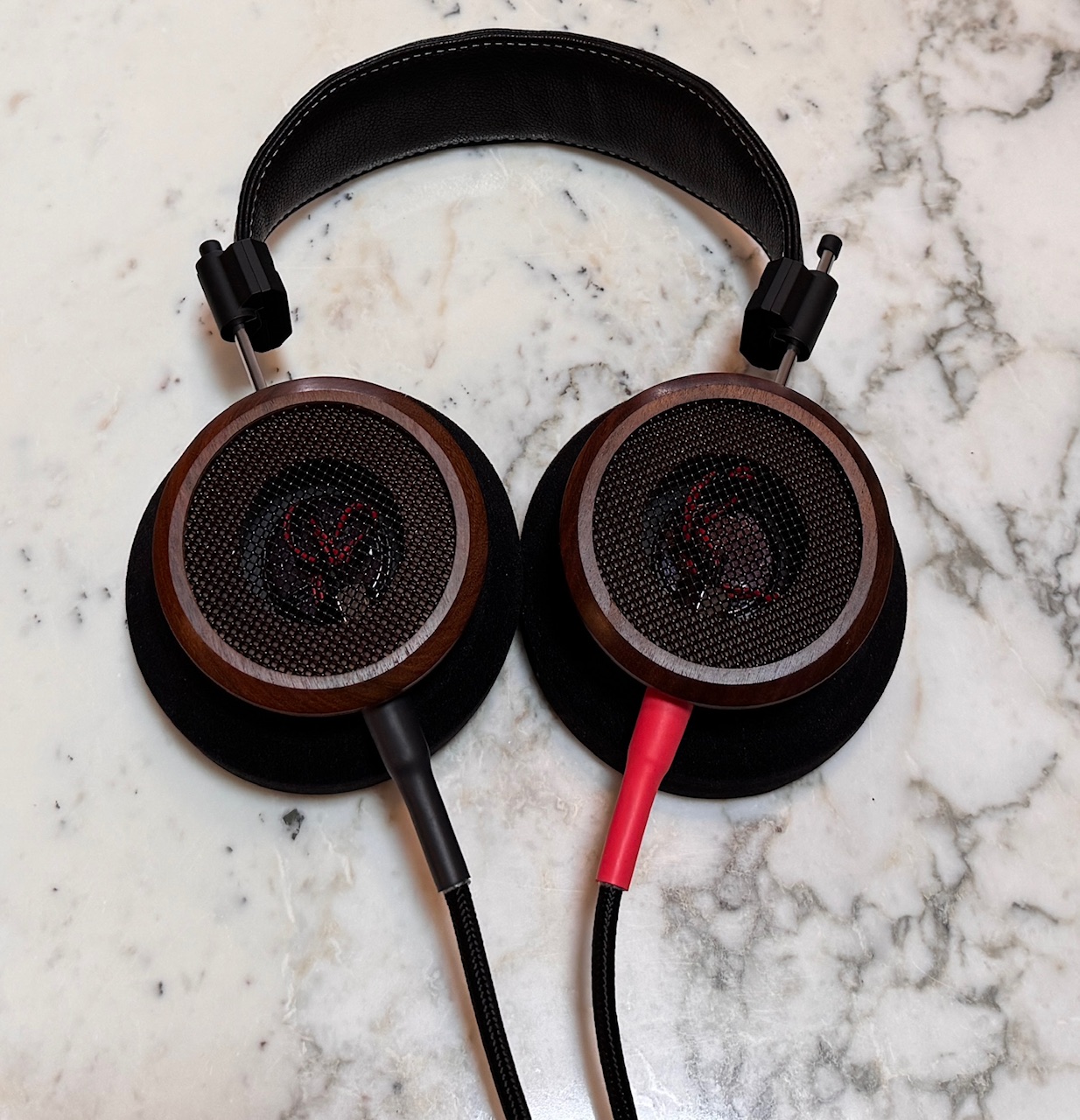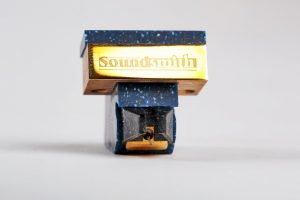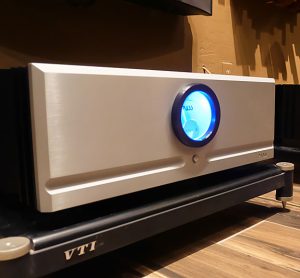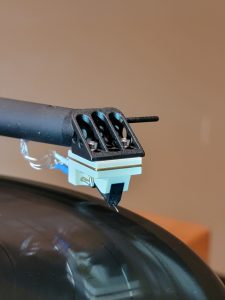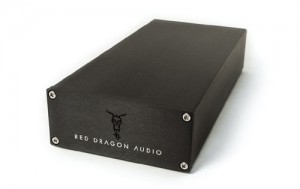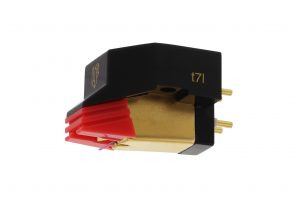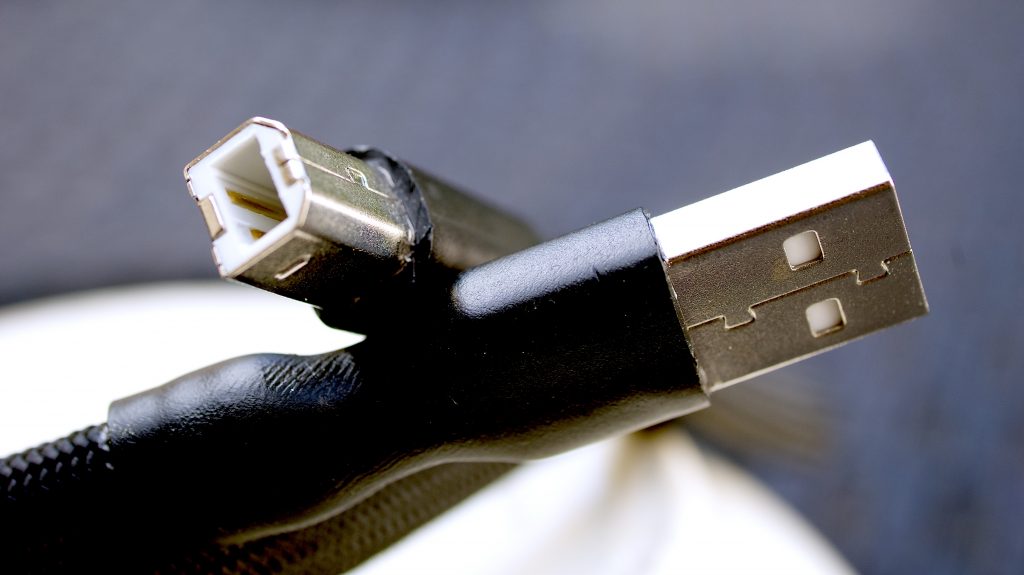
Dragon2 USB Cable by Dragonfire Acoustics
After 8 years of development by Dr. C, creator of Dragonfire Acoustics, comes his statement product: the Dragon2 USB Cable. Trying it in comparison to the best of the best of the USB cables that I have access to here brought its attributes into focus. With superb solid connectors and multiple strands inside the beautiful outer cover, I placed it between the Toshiba Tecra and E.A.R. DAC4 and played all manner of streaming, high-resolution music, to reveal if Dr. C was also a master cable designer and could build his best USB wire for just $600 for four feet!
From Dragonfire’s Web site (http://www.dragonfirepro.com/buy/):
"By listening through and referencing to mastering-grade Audeze LCD-X Planar-Magnetic Headphones, designed by Dr. C, the Dragon2 USB cable is hand built in house with cryogenically treated connectors and wires, with maximum purity directional OCC copper conductors and ideal cable impedance with optimized dielectric insulators. It is triple shielded with separate individually shielded power and signal sections.
The USB cable's purpose in Hi-Fi Audio is to faithfully transport the binary source code of your music to Digital-to-Analog converter (DAC). The integrity of the information is crucial to the fidelity of your reproduced music. Hear every single bit."
As I listened, I realized the analog and organic sound that the Dragon2 brought to digital-sourced music. At its amazing price, I was thrilled and absolutely satisfied. Cables priced at $3,000 from renowned manufacturers were no better, and some were not as realistic or relaxed. Sold direct, its price is naturally lower than retail, but even tripling their cost would keep them well in contention for top honors. They reveal extraordinary definition and imaging.
I did slightly prefer the Dragon2 with headphones versus my reference speaker system. They have an extended top end that compliments headphones and emphasizes their ability to produce air and ambiance. This is most subtle and will be missed in most high-end speaker systems. I loved them and consider them a price vs. performance winner!
Pathos Inpol Ear Reference Headphone Amplifier
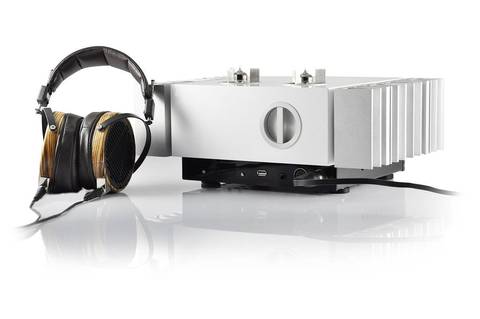
(See HERE)
At $4495, this Italian-made headphone amplifier is a designer and electrical tour de force. With sophisticated remote, enough output to power the most inefficient cans, and inputs and outputs galore, it is quite the device. With tubes up front and a unique solid-state Class A output, I ran it balanced for maximum performance. I also added the new RSX Technologies Power Cord from Roger Skoff, which is smooth and powerful as well. Please click on the link above for Pathos specifications and features. It is so loaded with capabilities that you will need the manual supplied at your side to operate.
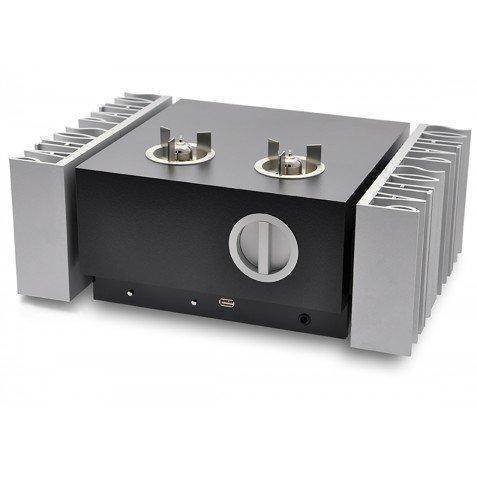
It is possibly the best headphone amp for Sennheiser HD 800 headphones I have ever tried. The power-hungry 600-ohm cans came to life with the Pathos. While a bit leaner than my top head amp reference, which costs 50% more, the Pathos was revelatory. Depth, breadth, and imaging were excellent. Bass and slam were outstanding, and overall definition was top notch. The Pathos is the most powerful non-electrostatic headphone amp I have ever used.
More efficient cans, low impedance types, were very good but had a slight edge to the sound. My Grados were less organic and a bit two dimensional. I tried different cables and sources with no improvement. It was obvious that when used with efficient cans, the included Electro Harmonix 6922 Tubes were not up to the task. This 29-pound masterpiece needs NOS tubes!
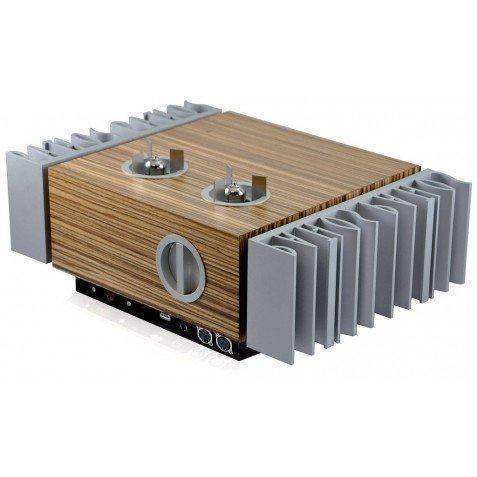
I tried Mullard, Tesla, Amperex, and more with wondrous results. The Pathos became smoother, ORGANIC, elegant, and more defined. Low impedance cans took on a sense of analog beauty and extraordinary neutrality, complimenting 16 pairs of LowZ headphones from Beyer to Audeze to Grado. With the NOS tubes, the Pathos head amp excelled, and may be called state of the art.
The Pathos is quite special and recommended for the headphone perfectionist and aficionado ready to tweak. It is Italian craftsmanship at its most fantastic. Bravo!
The Amazing London Reference Phono Cartridge has a Home at Last!

The London Reference Phono Cartridge, about $6000, has been around since 2007 in its current version. It is a beauty with direct-coupled stylus to coil contact, and no cantilever! It is an MI design and explodes with 5 mV of output. It also requires a 15,000-ohm load for best bass, which is a bit unusual for any MI or MM design. I have had two, and my newest piece is identical to the older one when it first came out.
It has been in countless tonearms on numerous tables, and just will not track cleanly or consistently. I know four audiophiles who each bought a London, and resold it just months later. I almost came to the conclusion that one needed a linear tracking arm if you wanted to survive the mis-tracking. When it tracked correctly, it yielded a sense of realism one would have to spend north of $9-10,000 to replicate with an MC, plus a fancy step-up device.
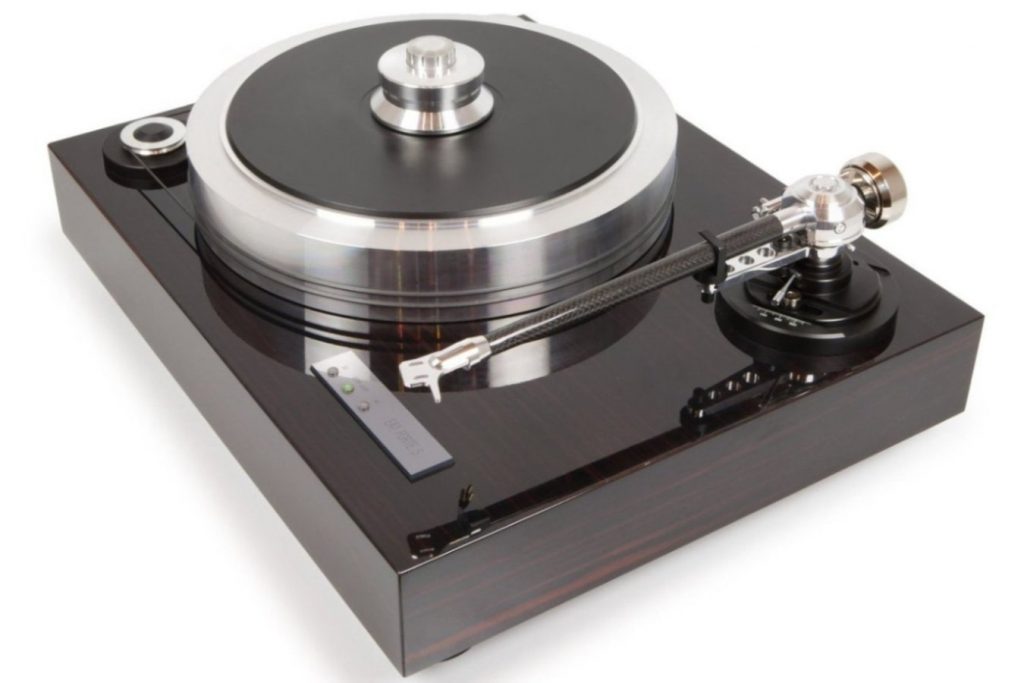
The EAT C# Turntable and C# Tonearm (image courtesy of EAT)
I put the cartridge on the EAT C# Turntable with 10-inch C# Arm, $3500, as a test. The system had the E.A.R. 324 Phono Stage in it, with a position for 15,000 ohms! I used the new, very neutral Cardas Clear Beyond Phono Cable with straight DIN Plug to attach to the phono stage. I set the tracking force at 1.9 grams, and adjusted the anti-skate, a conundrum consisting of a vestigial string and weight device, to some mystery setting known only to the designer. The overhang on the square bodied cartridge was easy to set. I added a 3-gram cartridge weight as the tonearm needed a cartridge weighing at least 8 grams and the London is only 6.5 grams. Otherwise, nothing particularly unusual. I expected little.
I played the Ellington Nutcracker from Pure Pleasure, a 33.3 RPM masterpiece, with big bass and powerful dynamics. I was stunned. It sounded alive. I waited for the mis-tracking, needle sliding, and arm jumping actions I am used to with the London–and nothing! It just played flawlessly!! The entire side. I tried the other side and waited for the catastrophe. Nothing. I grabbed the Mercury Country Gardens original LP, impossible to track, and SIM ALLA BIM, perfect all the way through.
A Miracle for sure! Over the last three months, I have only lowered the VTA a touch, but that did nothing to disturb the consistently flawless tracking. What possible magic can there be in this carbon arm that allows this un-tamable cartridge to be tamed? I called and emailed VANA Dist. to ask them, but they would not respond. I hope I never need them for service.
If you own a London Reference Cartridge–or one of the lesser models, I suspect–and are ready to toss it, do not! Acquire an EAT C# Turntable and Arm combo, replace the Ortofon on board, and plug it in. WOW! Michael Fremer, and all the other reviewers who have tried and failed to make this baby work, you are buying the next round.
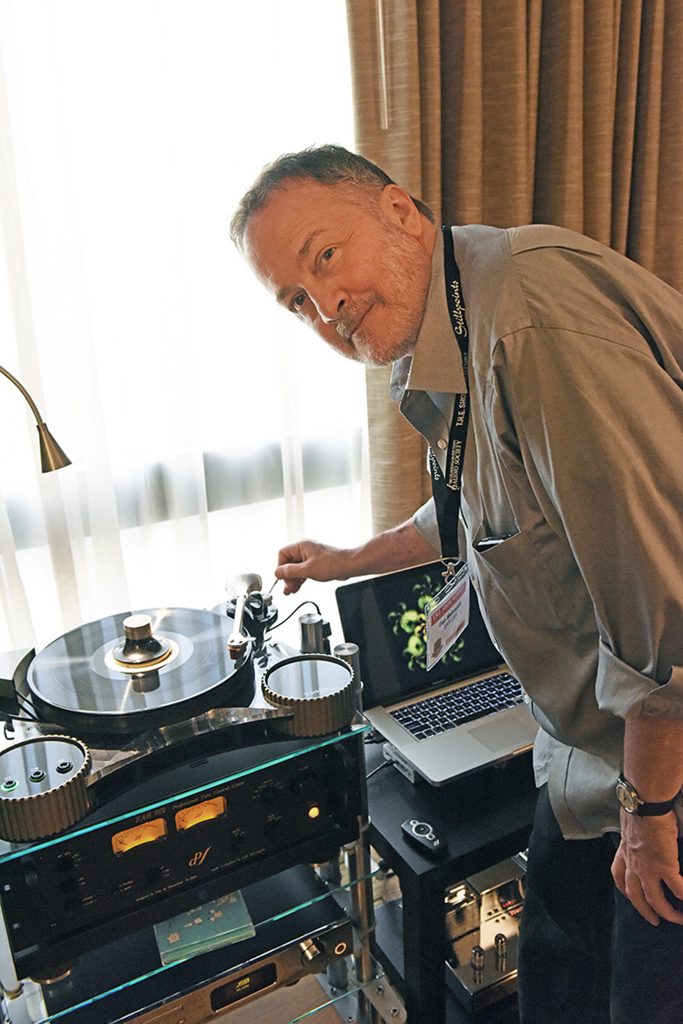
Dan Meinwald: a moment in time. THE Show, CA, 2016 (photograph and image processing by David W. Robinson)
(Small confession...Dan Meinwald, renowned cartridge set-up master, set up the London for me. But it was my idea!)
For more information about the London cartridge, see HERE.
